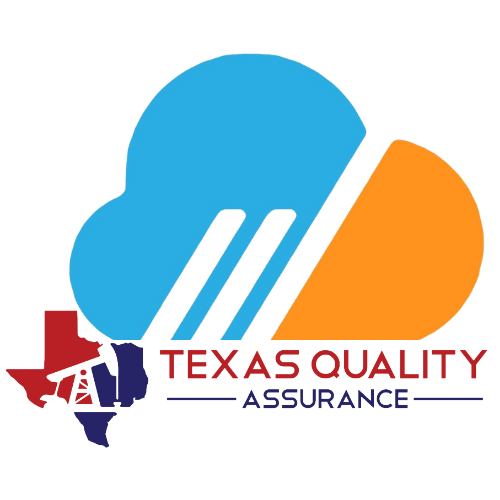In this post “ISO 9001 Clauses Explained” we dive into Quality Policy & Objectives.
POLICIES & OBJECTIVES
The management system policy is effectively the mission statement of the company, if it were written by a lawyer. By that, I mean the mission statement ought to convey the purpose of this management system clearly. It ought to convey management’s commitment to the success of the management system. The management system will vary dependent upon the standard(s) quality, health safety or environmental management system. The most common mistake made when developing the policy is a simple regurgitation of the requirements of the management system standard (IE ISO 9001 or ISO 14001)
5.2.2 Communicating the quality policy
ISO 9001:2015 5.2 Policy
The quality policy shall:
a) be available and be maintained as documented information;
b) be communicated, understood and applied within the organization;
c) be available to relevant interested parties, as appropriate.
The objectives are not simply a listing of all KPI’s and measurements. Like KPI’s the objectives must be measurable. The “best” does not count, decreasing nonconformities by itself is not measurable. An example of a poor objective might include one such as “decrease in nonconformities”. While admirable, it is not measurable, and objectives must be measurable. Even if we were to add a clear measure, such as decrease in nonconformities of 10% annually, the end result of a decrease in nonconformities should only be a sustainable objective for a short period of time. Conceivable at some point in time, defects will be so low that it is no longer a good objective. At this time, a new objective must be developed and implemented. While the objectives should not be brand new each year, over the course of time the objectives should be updated by management (and reviewed in the management review) to be consistent with the context and strategic direction of the organization.
A better objective may be to maintain a rework level of less than X percentage points, or maintain customer satisfaction rate of greater than X value. The objectives are here to effectively serve as a litmus test of the success or failure of the management system. Keep in mind as objectives are developed that oftentimes financial incentives for team members are tied to these objectives. If financial incentives for team members are not tied to these objectives, the success or failure of the external audit and continued certification to management system will largely ride on these objectives. Selection of objectives that serve as a litmus test for the success of the management system and of the success of the management system towards the company’s goals and vision is ideal.
6.2.1 The organization shall establish quality objectives at relevant functions, levels and processes
ISO 9001:2015 6.2 Quality objectives and planning to achieve them
needed for the quality management system.
The quality objectives shall:
a) be consistent with the quality policy;
b) be measurable;
c) take into account applicable requirements;
d) be relevant to conformity of products and services and to enhancement of customer satisfaction;
e) be monitored;
f) be communicated;
g) be updated as appropriate.
The organization shall maintain documented information on the quality objectives.
If the quality of the products or services is maintained with as little rework, as few complaints, and with as few defects during production and post production, efficiency will increase. Higher quality output with fewer inputs will always lead to lower cost, higher customer satisfaction and ultimately, a greater financial gain for the organization. For this reason, do not assign objectives directly tied to financial measures. The financial results of the organization are a byproduct of the quality and suitability of the management system towards the organization’s goals and objectives. Alignment as such can only occur when the party is pretty aligned with your strategic goals and objectives of the organization.
Top management shall establish, implement and maintain a quality policy that:
ISO 9001:2015 5.2.1 Establishing the quality policy
a) is appropriate to the purpose and context of the organization and supports its strategic direction;
b) provides a framework for setting quality objectives;
c) includes a commitment to satisfy applicable requirements;
d) includes a commitment to continual improvement of the quality management system.
In ISO 9001 is the policy and objectives are tied to the quality of products and service, as the output of the organization. In ISO 45001 the policy and objectives are geared towards the legal requirements and employee participation within the organization. Policy and objectives must be in alignment with the strategic direction of the organization and with the scope of the management system.
Texas Quality Assurance www.TexasQA.com
TQA Cloud QMS Software www.TQACloud.com
Email: info@texasqa.com | Tel: (512)548-9001
LinkedIn | Facebook | Instagram | Twitter(X) | YouTube
Quality Management Simplified
QMS Software | Consultation | FQM | Auditing
#QualityMatters podcast is streaming on
